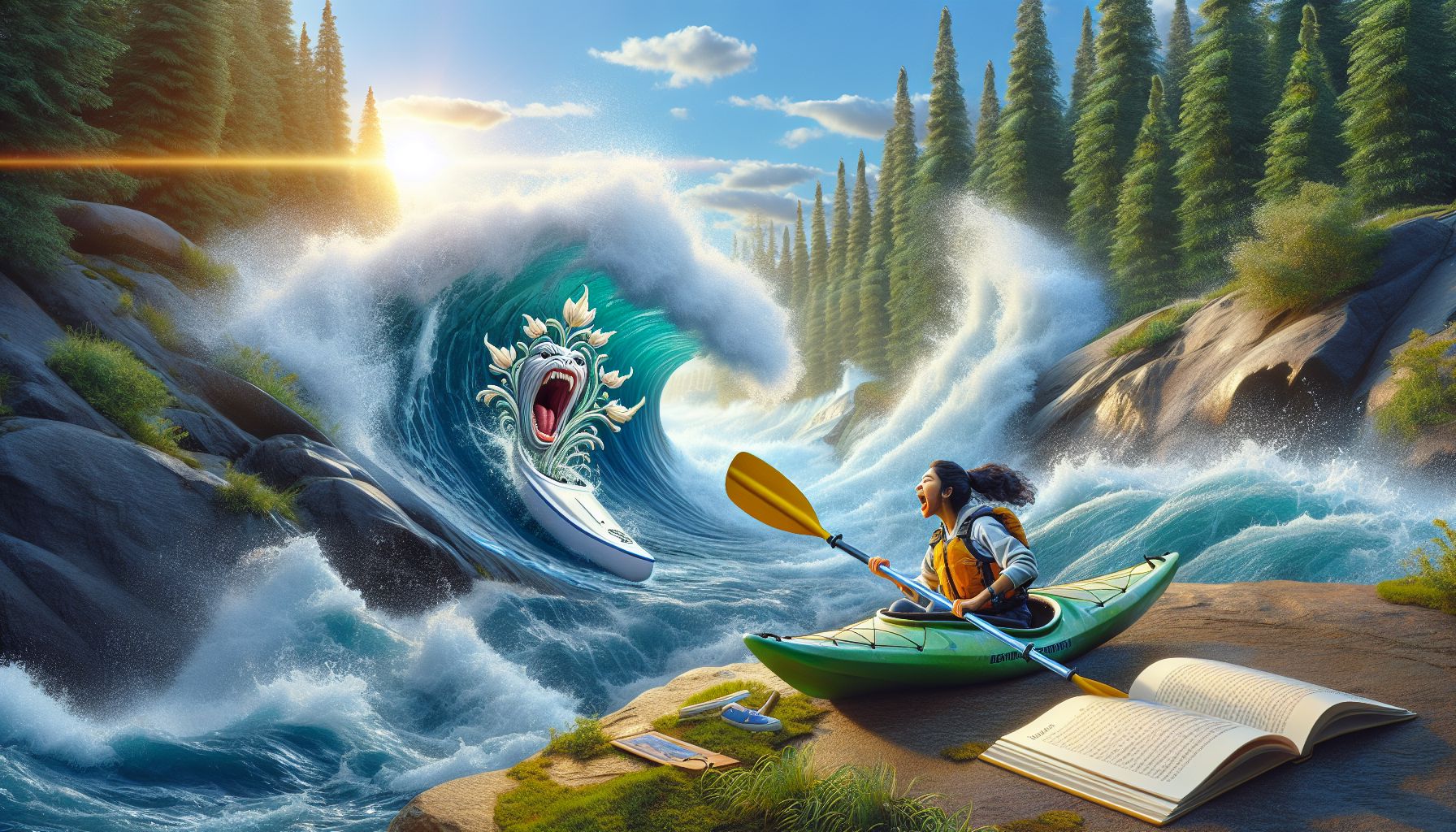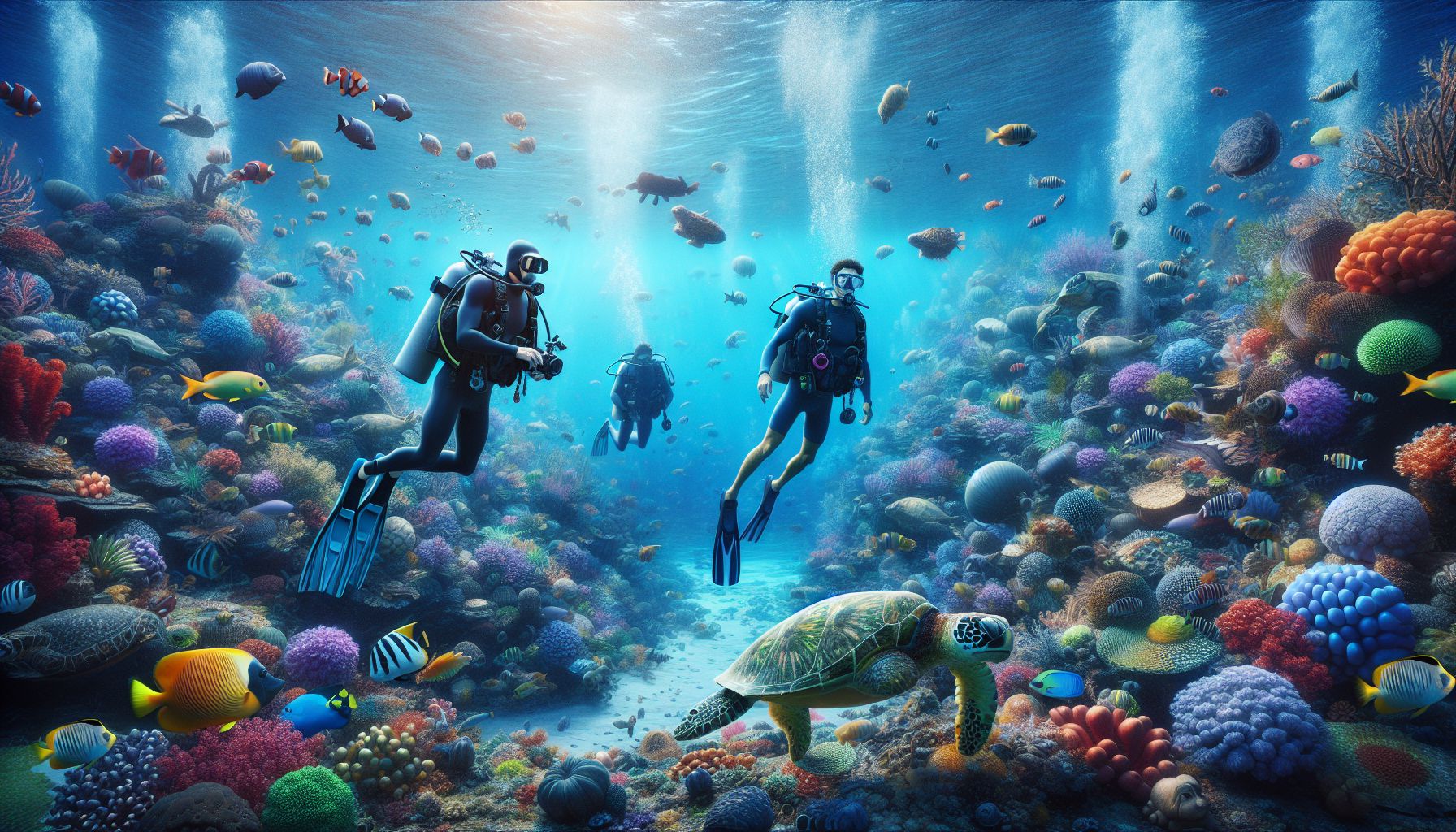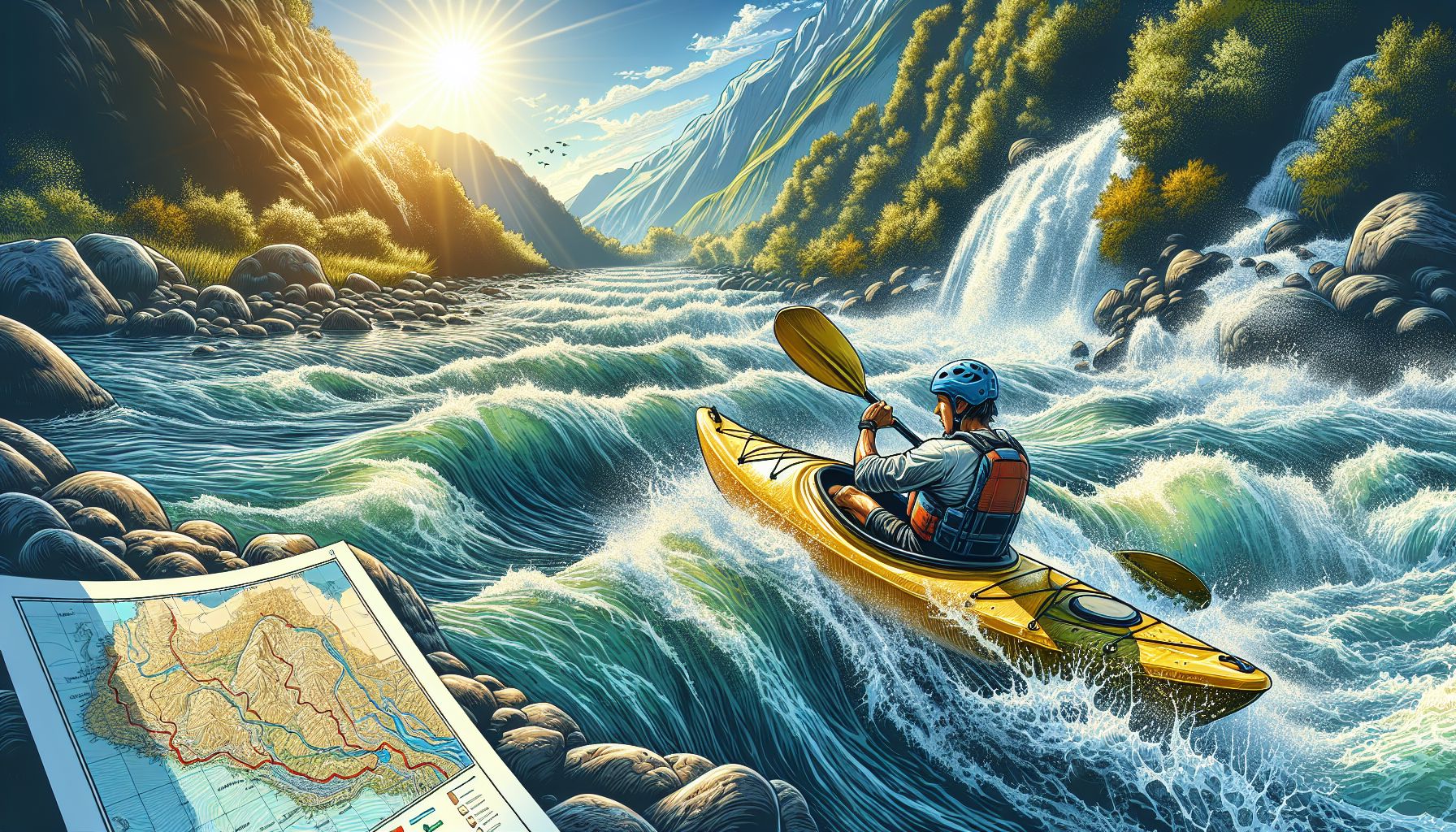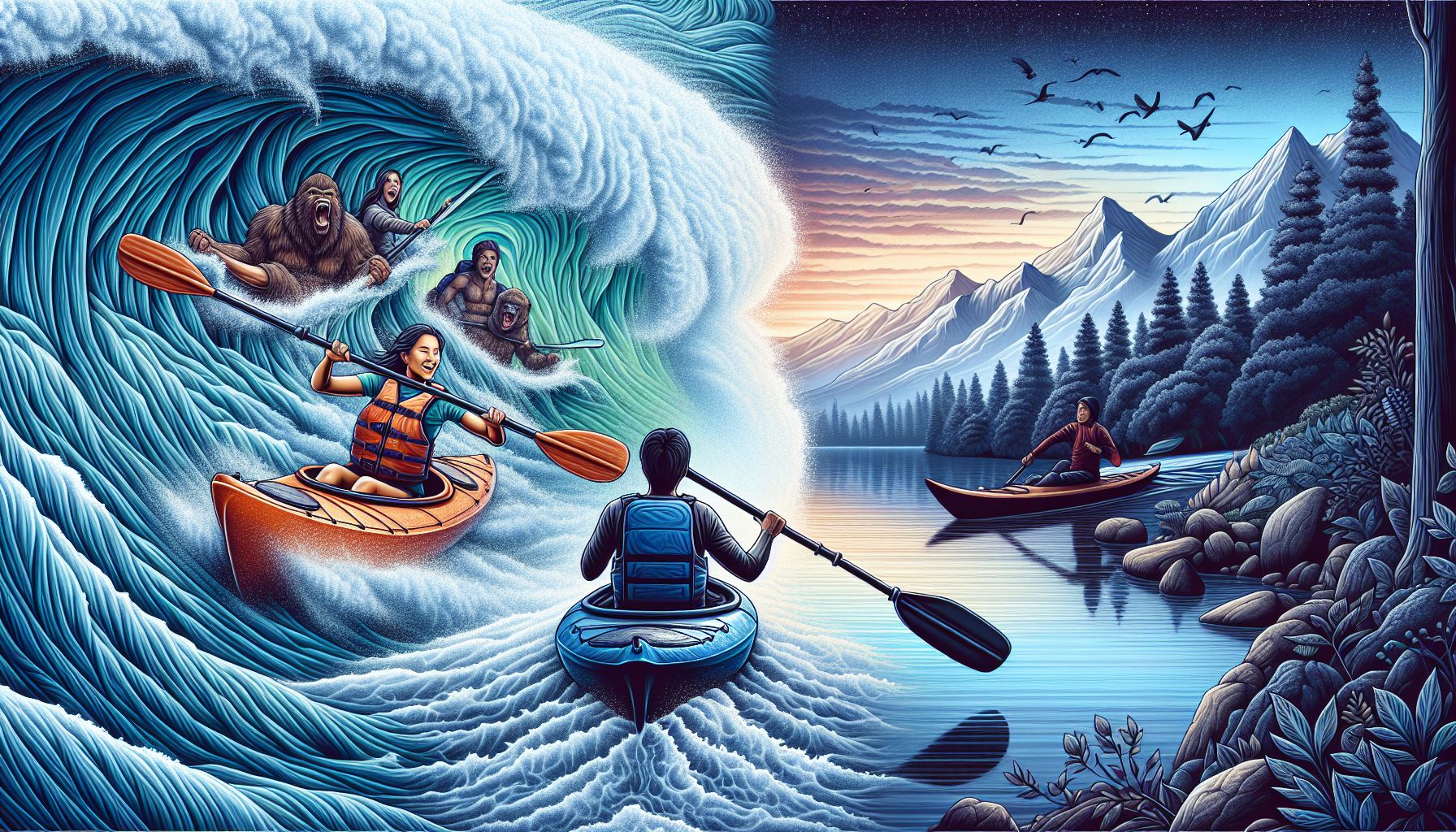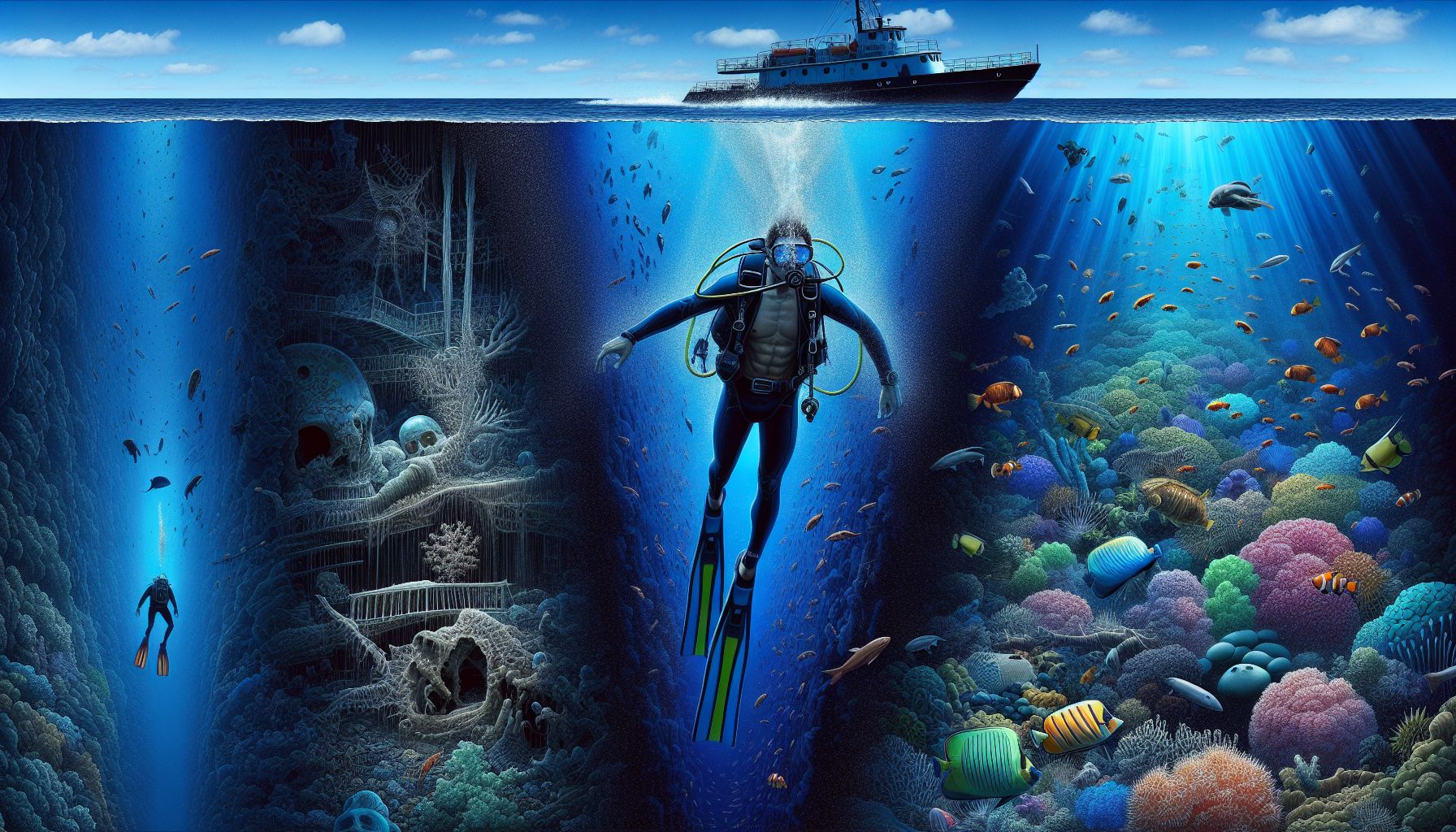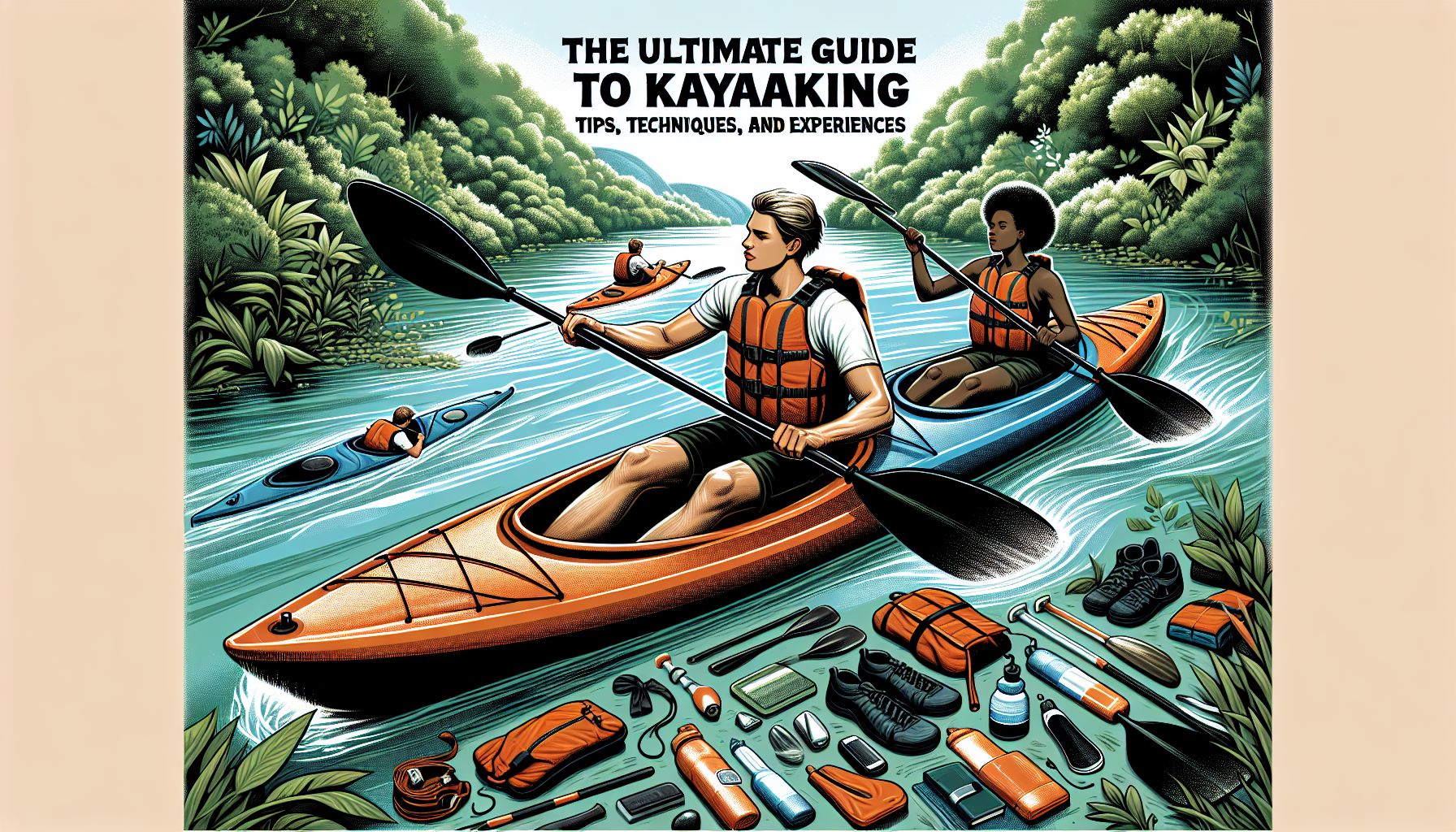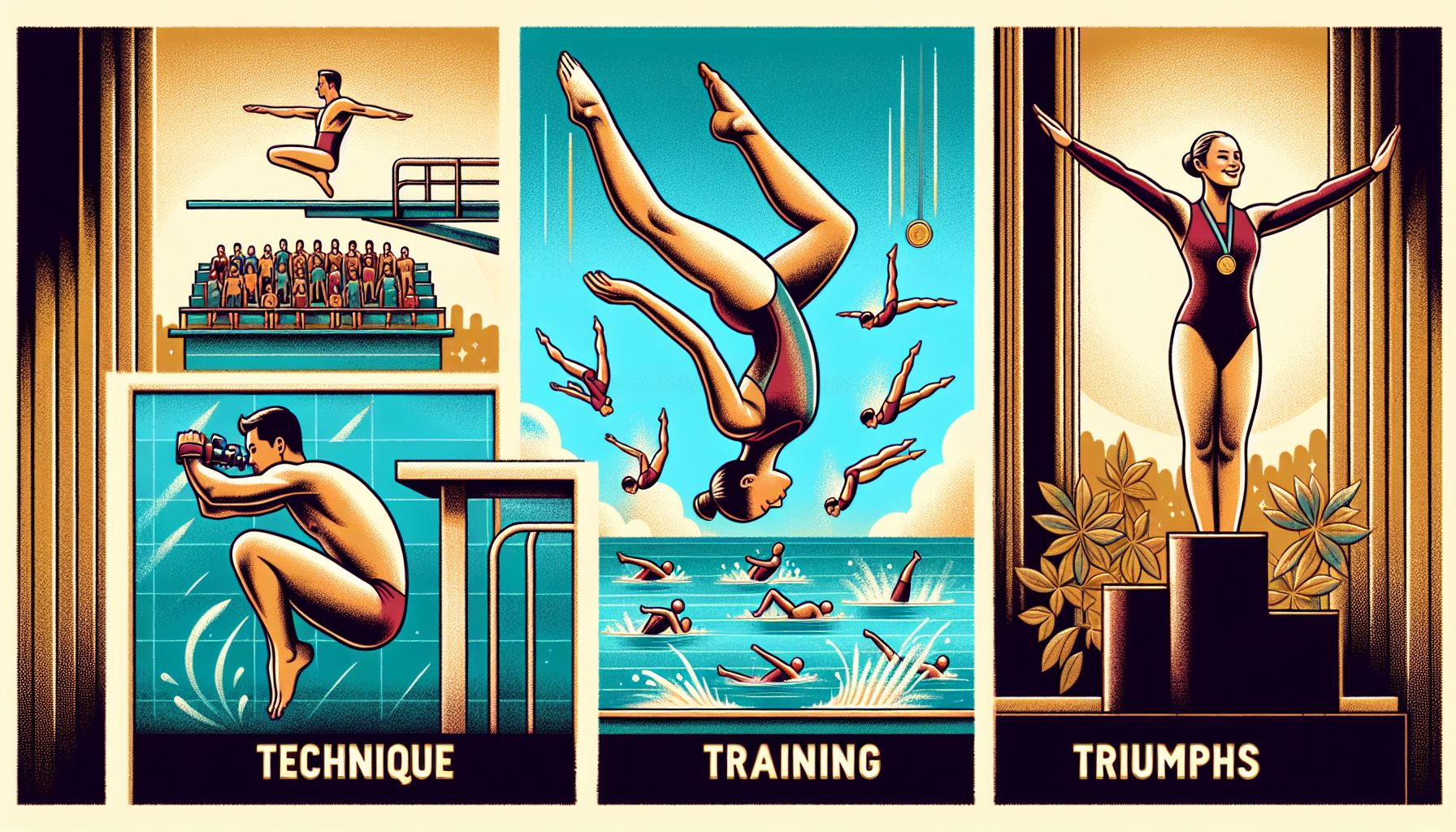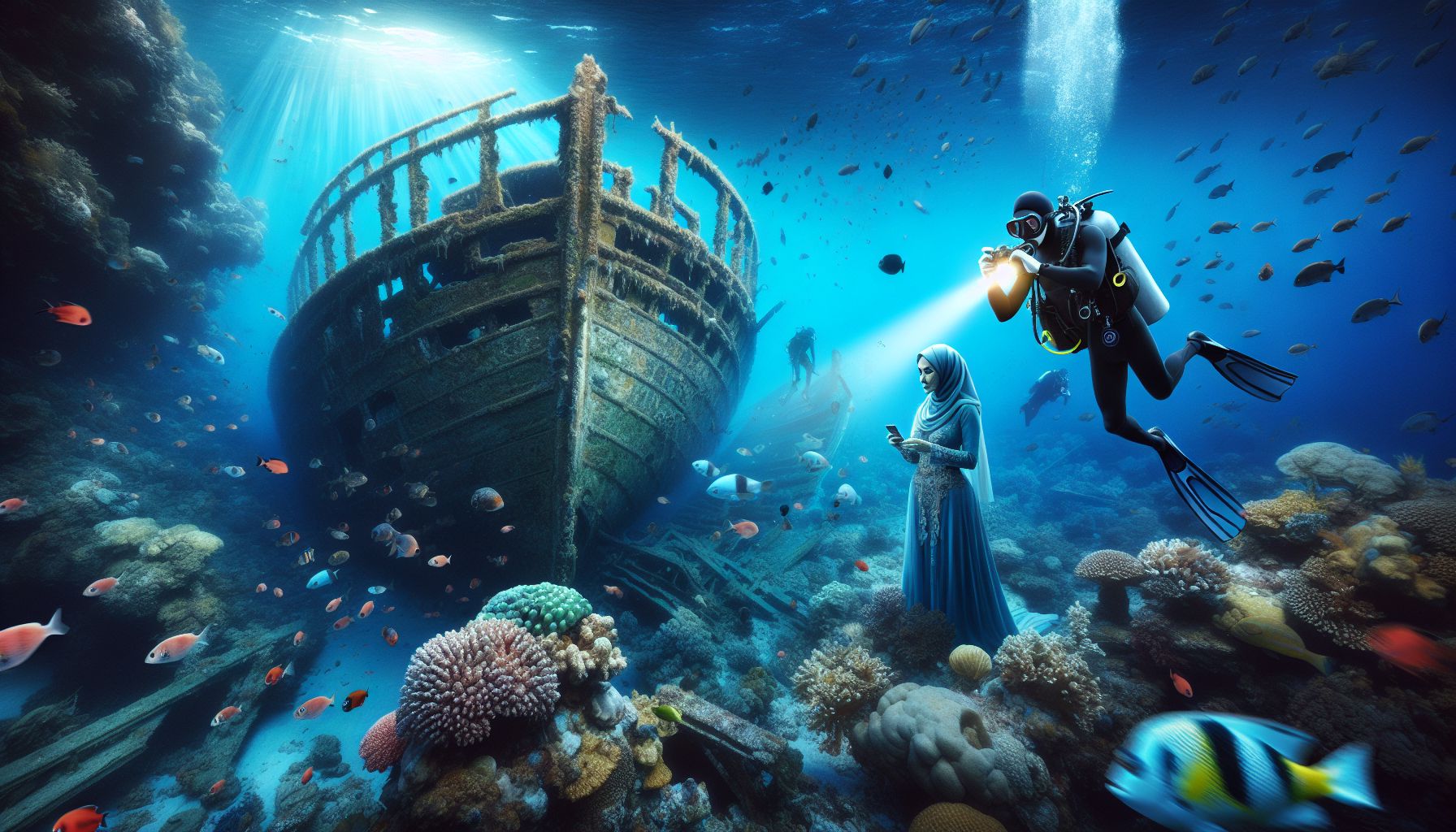Freediving, often described as the purest form of exploring the underwater world, is an age-old practice that today blends adventure, athleticism, and an acute awareness of one’s own physical and mental capabilities. This form of underwater diving, reliant solely on the diver’s breath-holding ability rather than scuba gear, has surged in popularity as individuals seek to test their limits and experience the tranquility of an aquatic environment free from the noise and limitations of breathing apparatus. In this comprehensive article, we delve into the enigmatic world of freediving, exploring its history, techniques, risks, and the magnificent discoveries it offers beneath the waves.
The Essence of Freediving
At its core, freediving, also known as apnea diving, is about inward mastery and environmental synchronization. Freedivers plunge into the depths on a single breath, embracing a serene yet challenging journey. Unlike scuba diving, there’s no noisy equipment—just the diver and the deep blue, with every sense heightened and every movement deliberate and fluid. The sport can encompass various activities, including static apnea, where divers see how long they can remain underwater without motion, dynamic apnea, which measures the horizontal distance traveled on a single breath, and depth disciplines, which involve descending to predetermined depths.
A Glimpse into the History of Freediving
The history of freediving is as deep as the waters divers explore. Ancient civilizations engaged in freediving out of necessity—harvesting food, collecting sponge or pearl, or even conducting military maneuvers. Evidence of freediving has been noted in ancient Greek and Roman texts and artifacts, illustrating its essential role in prehistoric societies.
In recent decades, freediving has transformed from a subsistence activity into a competitive sport with international recognition. Pioneers like Jacques Mayol and Enzo Maiorca brought fame to the sport in the 1960s and 1970s, pushing human limits and inspiring the cult classic film “The Big Blue.” Today, freediving competitions are held worldwide, with organizations such as AIDA International (International Association for Development of Apnea) setting standards and regulations.
The Physiology and Training of Freediving
Freediving is as much about physiology as it is about skill. The human body possesses an incredible adaptation known as the mammalian dive reflex, which optimizes respiration to allow staying underwater for extended periods. When diving, the heart rate slows, blood vessels in the extremities constrict, and blood is redistributed to vital organs—a process that maximizes oxygen efficiency.
Freedivers train to strengthen this reflex, enhance their lung capacity, and improve their ability to deal with high levels of CO2 and low levels of O2 in the body. Techniques such as diaphragmatic breathing, yoga, and meditation are employed to increase breath-hold times and to develop the mental fortitude required to overcome the instinctive urge to breathe.
Safety and Risks in Freediving
While exhilarating, freediving is not without its risks. Without the proper training and safety precautions, individuals can encounter dangerous situations such as shallow water blackout, which occurs when a diver loses consciousness due to a lack of oxygen. Safety should always be a freediver’s top priority. Diving with a buddy, knowing one’s limits, and having proper rescue techniques are non-negotiable aspects of the sport.
Exploring the Depths: The Freediving Experience
Those who freedive often describe unparalleled encounters with marine life and the unique perspectives it offers on the ocean’s mysteries. Freedivers can glide alongside curious dolphins, float over vibrant coral reefs, and even explore sunken shipwrecks—all without the barrier of equipment. Freediving allows for a silent approach, often resulting in closer encounters with wildlife.
The sport also serves as a gateway to underwater photography and videography, offering a means to capture the enchanting life beneath the surface. Stunning images of ethereal underwater landscapes and captivating sea creatures have been made possible thanks to freediving photographers.
Competitive Freediving and Records
The world of competitive freediving has seen incredible feats. Records are set and broken as freedivers strive to reach new depths and times. Current record holders have achieved depths of over 300 feet (91 meters) and breath-holds surpassing 11 minutes. The quest for such achievements requires immense dedication and strict adherence to safety protocols.
Freediving Gear and Equipment
Though minimalistic compared to scuba diving, freediving does require specific gear designed for efficiency and comfort. The freediving mask offers a low volume for easy equalization, long-bladed fins increase propulsion, and a snug wetsuit provides warmth without buoyancy. The choice of equipment can significantly affect a diver’s performance and comfort in the water.
Training Courses and Certifications
For those interested in exploring freediving, a wide range of courses and certifications are available, covering basics to advanced techniques. Renowned organizations like AIDA and PADI offer structured training with an emphasis on safety. Beginner courses introduce the principles of freediving, while advanced classes explore rescue procedures, depth training, and fine-tuning skills.
Conservation and Freediving
Freediving also plays an essential role in ocean conservation efforts. The direct experience of marine environments fosters a sense of responsibility and connection to aquatic ecosystems. Freedivers often become advocates for the ocean, engaging in and promoting conservation initiatives.
Freediving Destinations Around the World
Certain destinations are famed for their freediving opportunities. The Blue Hole in Dahab, Egypt, Dean’s Blue Hole in the Bahamas, and the waters around Bali, Indonesia, are a few hotspots favored by freedivers for their clarity, depth, and marine life.
Final Thoughts: The Zen of Apnea
Freediving transcends being just a sport; it’s a mindset and a lifestyle. For many, it embodies simplicity and freedom, uniting breath control, mental discipline, and physical strength. Whether one dives to compete, explore, photograph, or merely connect with the marine world, the essence of freediving remains the same—a deep breath, a dive, and a world of serene beauty unfolding in the silence that follows.
Sources:
- AIDA International (https://www.aidainternational.org/)
- PADI Freediver (https://www.padi.com/courses/freediver)
- “Oxygen: The Molecule that Made the World” by Nick Lane (Book on Evolutionary Physiology)
